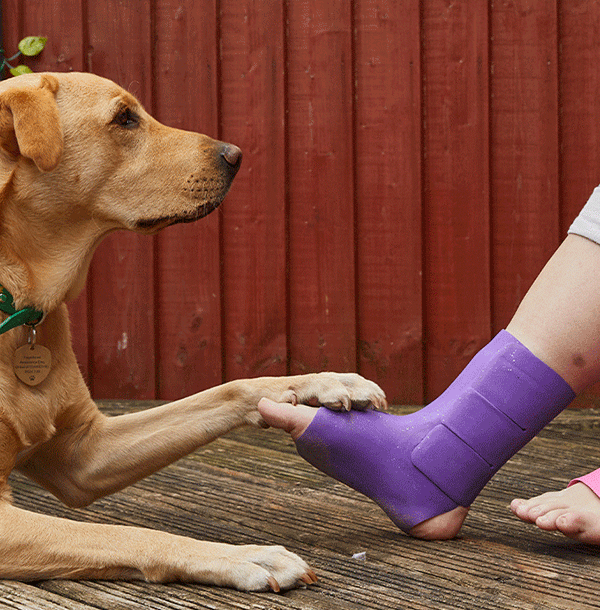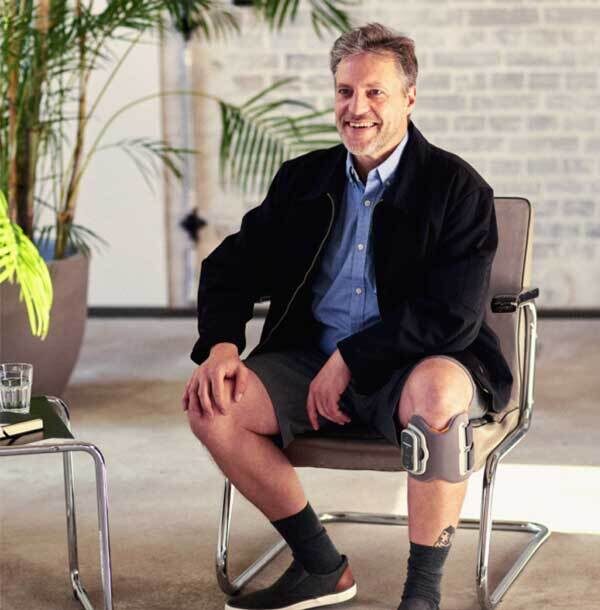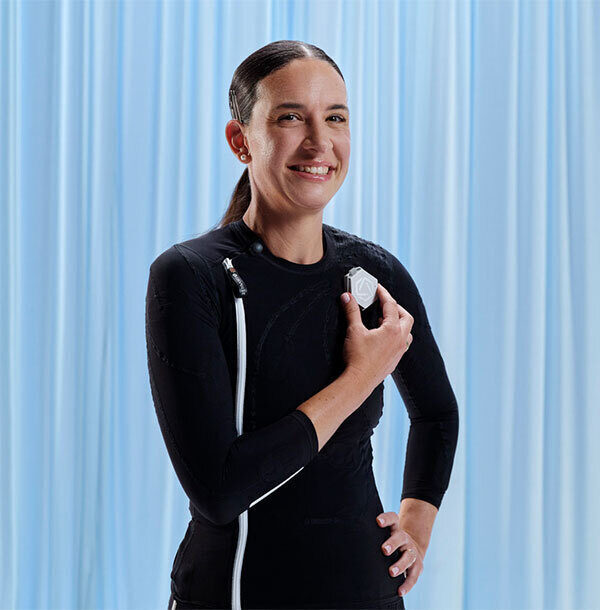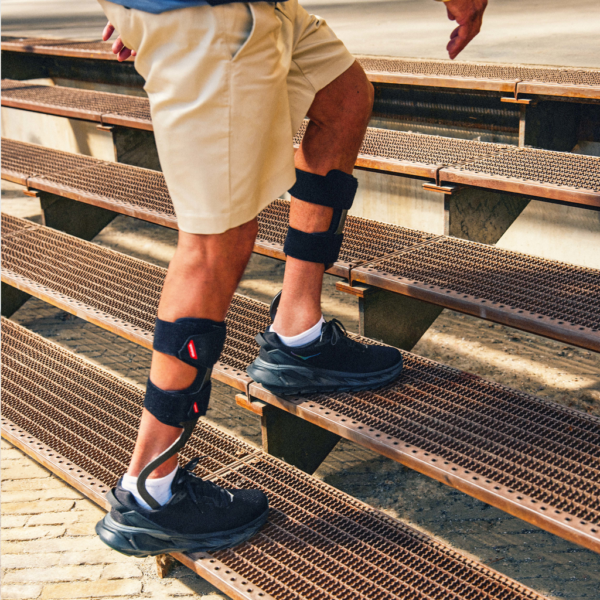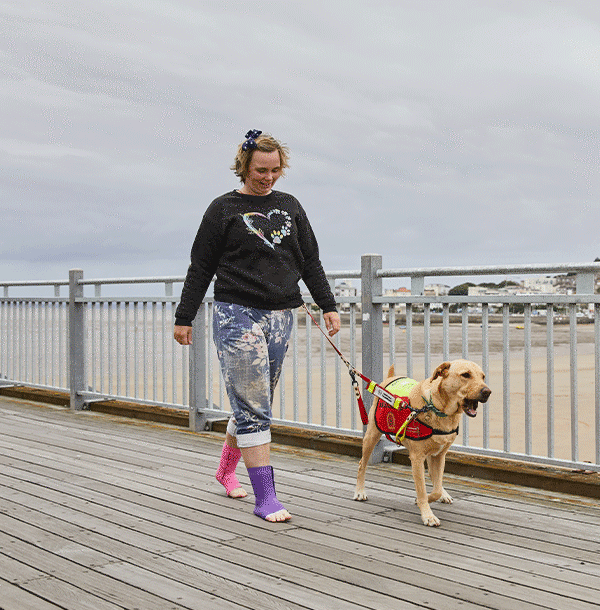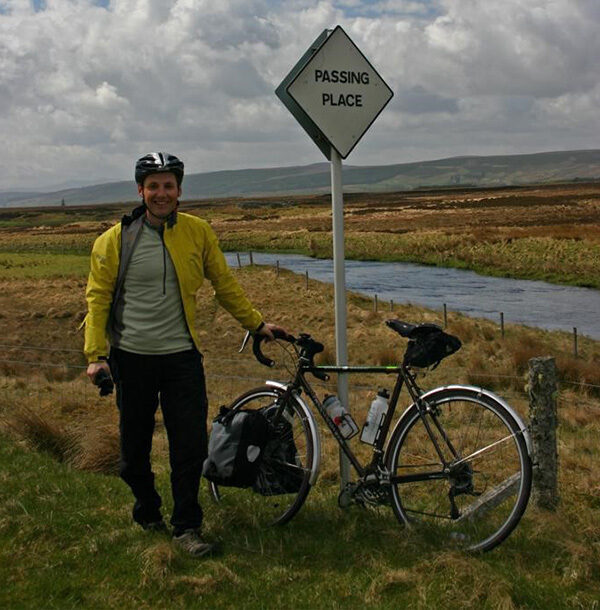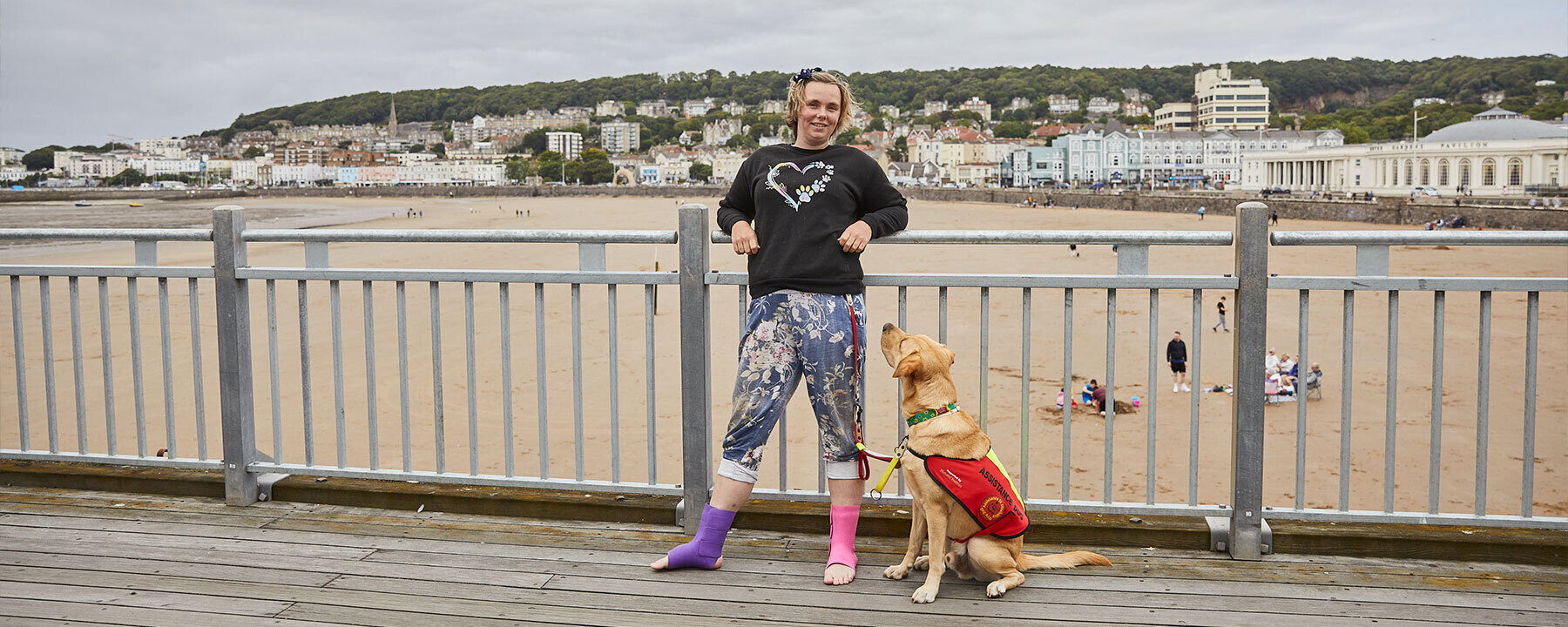
Drop Foot
Drop foot, also known as foot drop, is a condition that makes it difficult to lift the front part of the foot. This often leads to the toes dragging on the ground while walking. To avoid tripping, many people develop a high-stepping, swinging, or exaggerated gait to avoid tripping.
It’s important to note that drop foot is not a disease itself, but a symptom of an underlying issue that can affect the muscles, nerves, or brain. Drop foot can affect either one or both feet and depending on the cause, can be temporary or permanent. Treatment is tailored to each individual, keep reading to learn more about the symptoms, causes and treatment options available to those living with drop foot.
What are the symptoms?
The main symptom of drop foot is difficulty lifting the front of the foot. You may also notice:
- Toes dragging while walking
- A high-stepping or swinging gait
- Weakness in the ankle or leg muscles
- Numbness, tingling, or altered sensation in the foot or leg
- Increased risk of stumbling or falling
- Difficulty walking on uneven ground or climbing stairs
If left untreated, drop foot can make everyday activities more difficult and may increase the risk of injury from tripping.

Common Causes
Drop foot can occur for several reasons. Some of the most common causes include:
- Nerve injury – Damage to the peroneal nerve (the nerve that controls the muscles that lift the foot) is a frequent cause. This can result from leg injury, surgery, or pressure on the nerve.
- Neurological conditions – Disorders such as multiple sclerosis (MS), motor neuron disease, or Charcot-Marie-Tooth disease can affect the nerves and muscles responsible for foot movement.
- Stroke – After a stroke, muscle weakness or paralysis on one side of the body can lead to drop foot.
- Spinal conditions – A slipped disc, spinal stenosis, or spinal cord injury can put pressure on nerves that control foot movement.
- Muscle disorders – Conditions that cause muscle weakness or wasting may also contribute.
Because drop foot can have many causes, a thorough clinical assessment is essential before treatment begins.

Treating Drop Foot
Treatment depends on both the cause and the severity of the condition. At our clinics, we offer tailored solutions to help patients walk more safely and comfortably.
Some common treatment options include:
1. Orthotic Devices - Custom-made Silicone Ankle-Foot Orthoses (SAFOs) can support the foot and ankle, preventing the toes from dragging. Orthotics are often the first line of treatment for many patients.
2. Functional Electrical Stimulation (FES) - FES devices use small electrical impulses to stimulate the nerves and muscles that lift the foot, improving walking ability. These devices are often recommended for patients with drop foot caused by neurological conditions such as stroke or MS.
3. Physiotherapy and Rehabilitation - Targeted exercises and rehabilitation programmes can help strengthen muscles, improve balance, and retrain walking patterns. Physiotherapy may be combined with orthotics or FES for the best results.
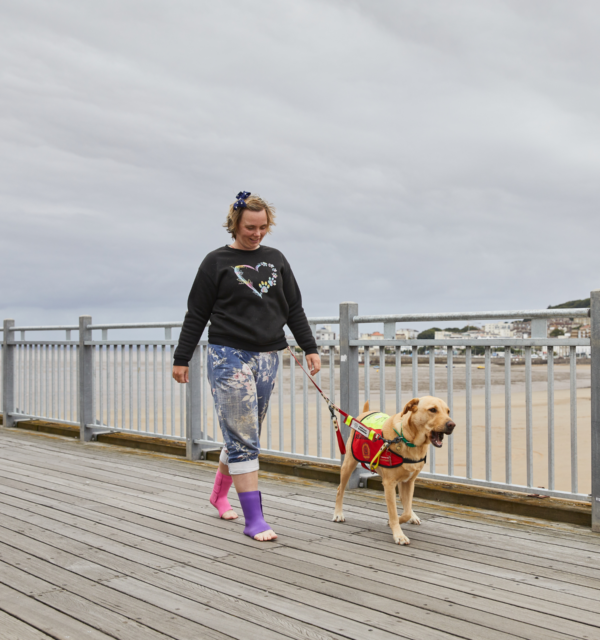
Living with Drop Foot
With the right treatment, many people with drop foot are able to walk more safely and confidently. Supportive devices and therapies can make a significant difference in:
- Mobility – making it easier to walk, climb stairs, and move over uneven ground
- Independence – allowing you to carry out daily activities with greater ease
- Confidence – reducing the fear of tripping or falling
- Quality of life – enabling participation in work, hobbies, and social activities
If you are experiencing symptoms of drop foot, the first step is a comprehensive assessment at one of our nationwide clinics. Our experienced team or Orthotists will evaluate your condition and recommend the most appropriate treatment plan.
Don’t let drop foot hold you back. Book an assessment today to explore treatment options and take the first step towards safer, more confident mobility.

